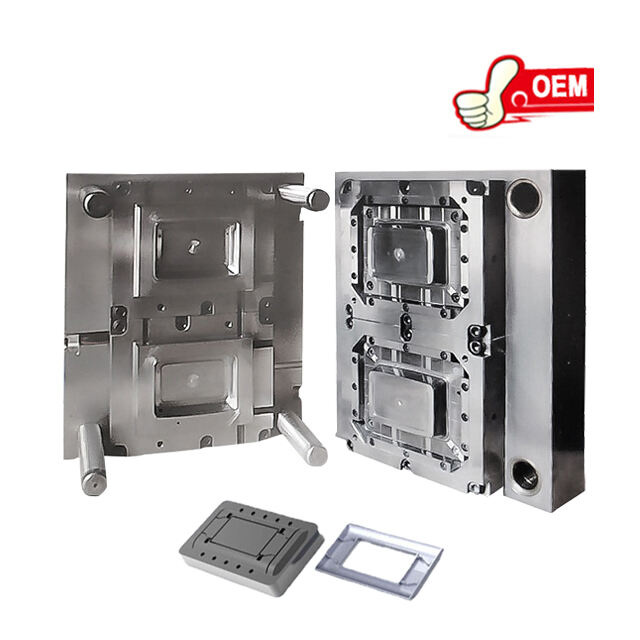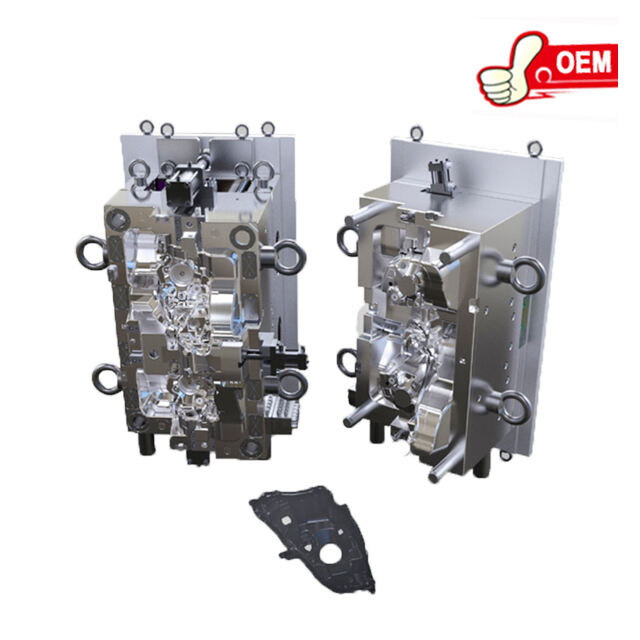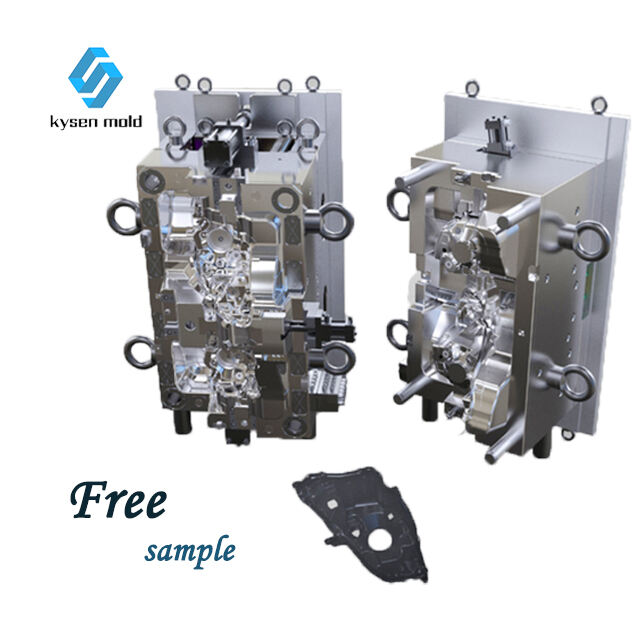low volume plastic manufacturing
Low volume plastic manufacturing is a specialized process designed for the production of small quantities of plastic parts and products. Its main functions include rapid prototyping, customization, and small-batch production, which are integral for businesses looking to test the market or modify their product designs. Technological features of this process include the use of advanced injection molding machines and precision molds that can create intricate details with high accuracy. The applications of low volume plastic manufacturing span across various industries, from medical devices and automotive parts to consumer electronics and aerospace components. This approach offers flexibility and efficiency, allowing companies to iterate on their designs quickly and cost-effectively.


